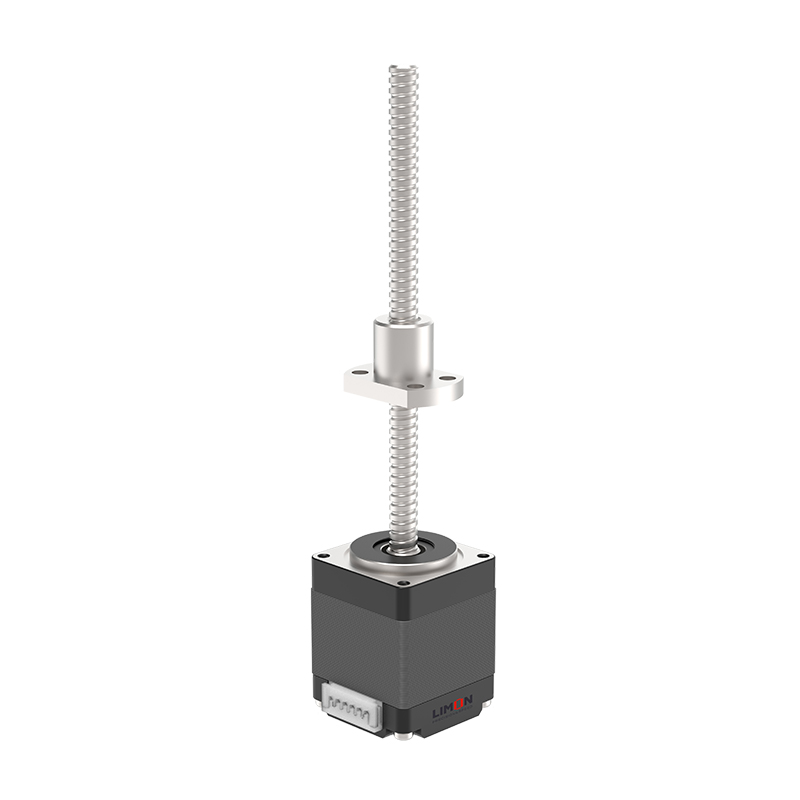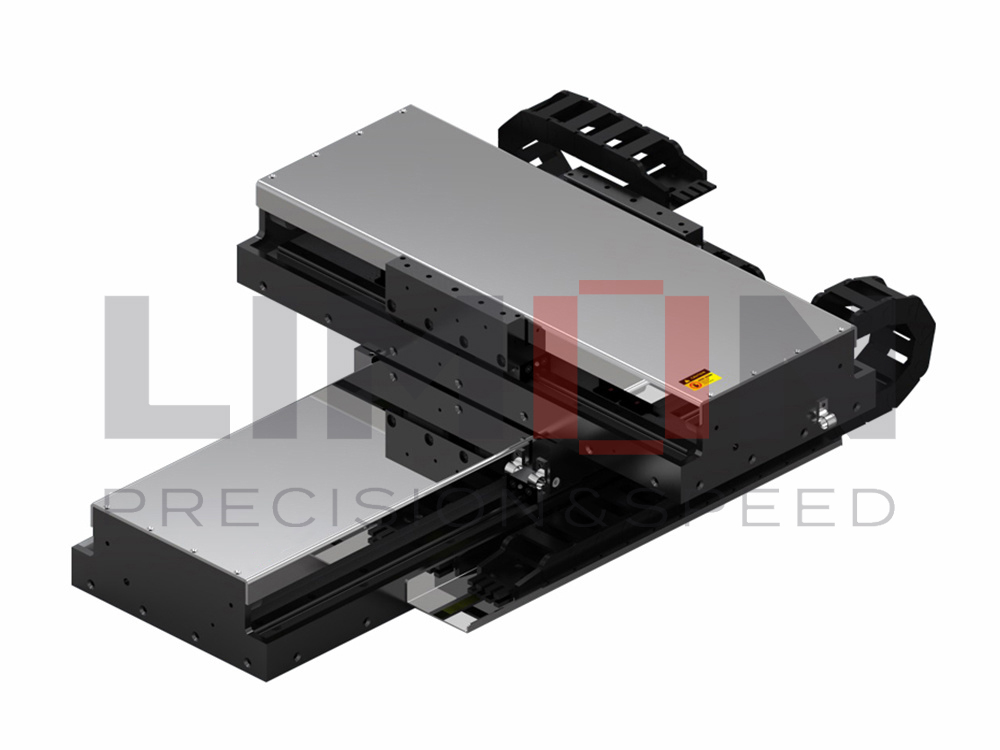Using a stepper motor without a driver leads to unstable performance, overheating, and premature failure. A proper stepper motor drive ensures reliability, efficiency, and precision control.
A stepper motor requires a driver to regulate voltage, current, and pulse signals. The stepper motor drive is essential for speed control, torque optimization, and delivering consistent output power.
Let’s explore why stepper motors always need drivers.
The Motor Needs The Driver To Adjust The Voltage And Current
A stepper motor cannot be connected directly to a power source. Unlike DC motors that may run with simple connections, stepper motors require carefully controlled pulses to operate correctly. Voltage and current fluctuations, if unmanaged, can cause overheating, vibration, or even winding damage. The stepper motor drive functions as a regulator, ensuring that only the appropriate electrical signals reach the motor’s windings.
Drivers also enable microstepping, which divides a full motor step into smaller increments by adjusting current flow between phases. This significantly increases precision while reducing vibration. Without a driver, the motor cannot achieve controlled step movement or efficiency. Thus, the stepper motor drive is indispensable for protecting the motor and maximizing performance.
The Stepper Motor Needs A Driver To Control The Speed
Stepper motors are speed-dependent devices, meaning their performance is tied to the frequency of the input pulses. A stepper motor drive generates these pulses at controlled frequencies, directly dictating how fast the motor rotates. Without a driver, precise speed regulation is impossible, and the motor may stall at higher loads.
Drivers also allow acceleration and deceleration profiles, preventing abrupt starts or stops that cause mechanical stress. For instance, in CNC machines, 3D printers, or robotics, speed control is critical for smooth motion. A driver ensures that the stepper motor transitions between speeds without losing steps, ensuring accuracy and reliability in motion systems.
The Driver Of A Stepper Motor Can Provide Higher Output Power
One of the advantages of using a stepper motor drive is its ability to amplify and manage power delivery. Stepper motors require bursts of current during operation, especially when overcoming inertia or handling load changes. The driver acts as a power interface, converting low-power control signals from a controller (e.g., microcontroller or PLC) into high-power pulses suitable for the motor.
This amplification ensures that the motor receives enough torque to handle demanding applications. Without the driver, the motor cannot achieve its rated torque or sustain high-load performance. For industries requiring precision, such as automation and packaging, the stepper motor drive ensures consistent and powerful output.
The Output Power Of The Motor Is Related To Its Driver
A stepper motor’s capability is tightly linked to its driver. Even a high-quality motor will underperform if paired with a weak or incompatible driver. The driver dictates how efficiently power is supplied, how heat is managed, and how accurately steps are executed.
For example, pairing a stepper motor with a low-voltage driver limits its torque output and reduces acceleration capability. Conversely, a well-matched driver optimizes current delivery and maximizes the motor’s potential. In this way, the motor and driver form a symbiotic relationship—the performance of one depends on the other.
The Driver Can Provide Higher Output Power To Meet The Needs Of The Motor
High-performance applications often demand greater torque, precision, and responsiveness. A stepper motor drive is capable of supplying advanced features such as programmable current limits, microstepping resolution, and adaptive control algorithms. These features enable the motor to deliver higher output power while maintaining smooth and reliable performance.
Additionally, modern drivers include safety protections like overcurrent, overvoltage, and thermal shutdown, ensuring that the stepper motor is not only powerful but also protected from damage. By tailoring the driver settings to the motor’s specifications, users can achieve optimal performance across a wide range of applications—from medical devices to factory automation.
Conclusion
A stepper motor requires a driver for safe, precise, and powerful operation. The right driver ensures speed control, torque, and long-term reliability.For further questions please contact [email protected]




